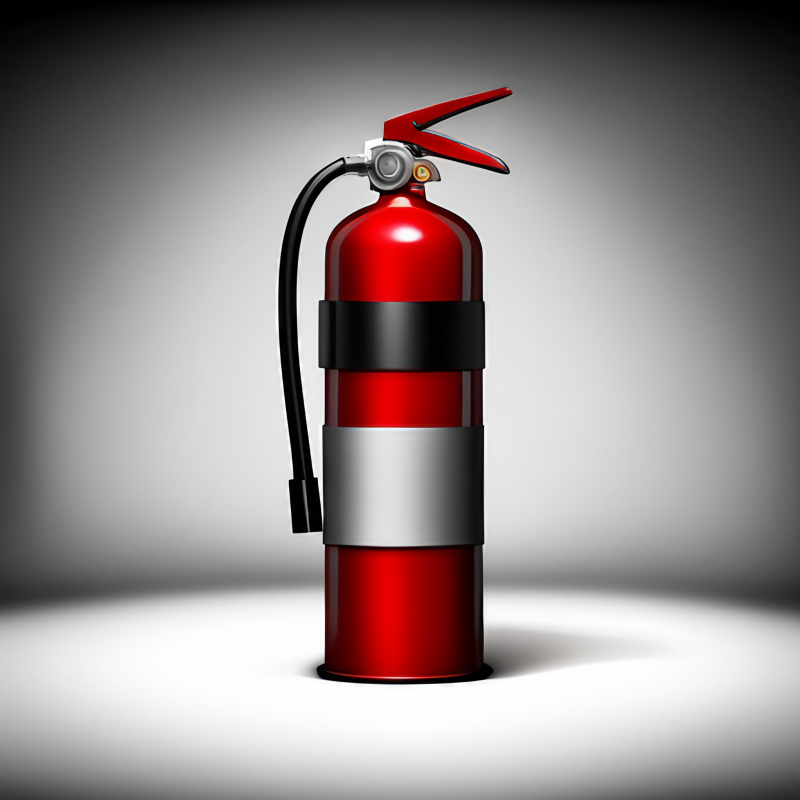Portable fire extinguishers: training and inspection requirements

October is fire prevention month and a good opportunity to revisit fire prevention measures throughout your company. This article provides a refresher on OSHA requirements for portable fire extinguishers in general industry.
Training requirements
OSHA requires all general industry employers to have an emergency action plan and a fire prevention plan that covers how to prevent fires from occurring and what to do if a fire breaks out, including all emergency procedures and escape routes. In a 1986 letter of interpretation, OSHA made it clear that the decision to use fire extinguishers may not be left up to the employees but must be spelled out in an emergency action plan. That plan should address incipient fires and the circumstances under which fire extinguishers may be used and appropriate training must be provided.
Therefore, training requirements for portable fire extinguishers will depend upon the actions specified in the plan. There are four possible scenarios:
- Designated employees are authorized to use portable fire extinguishers; all other employees must evacuate the workplace immediately when an alarm sounds
- All employees must be trained on the emergency action and fire prevention plans
- The employer shall provide an educational program to familiarize employees with the general principles of fire extinguisher use and the hazards involved with incipient stage fire fighting. Designated employees must receive this education upon initial employment and at least annually thereafter
- Designated employees shall receive training in the use of appropriate equipment upon initial assignment to the designated group and at least annually thereafter
- Meet all other requirements as specified in standard
- All employees are authorized to use portable fire extinguishers
- All employees must be trained on the emergency action and fire prevention plans
- All employees must participate in an educational program that covers the general principles of fire extinguisher use and the hazards involved with incipient stage fire fighting upon initial employment and at least annually thereafter
- All employees shall receive training in the use of appropriate equipment upon initial employment and at least annually thereafter
- Meet all other requirements as specified in standard
- The fire safety policy requires the immediate and total evacuation of employees from the workplace upon the sounding of a fire alarm and extinguishers are not available in the workplace nor required
- Train employees on the emergency action and fire prevention plans
- Ensure there are no applicable standards in part 1910 that require a portable fire extinguisher be provided
- Extinguishers are provided, but not intended for employee use
- Train employees on the emergency action and fire prevention plans
- Meet all other requirements as specified in standard, including inspection, maintenance, and testing
Inspection requirements
OSHA requires a monthly visual check and an annual maintenance check to help ensure fire extinguishers are operational and in good working order, plus maintenance and hydrostatic testing every 5 to 12 years depending on the type of extinguisher.
A monthly fire extinguisher inspection is a visual inspection done by a trained employee as
required by OSHA [29 CFR 1910.157(e)(2) to ensure it is fully charged, in good operating condition, and ready for use, should it be needed. It’s a good idea to check the surrounding area to ensure the fire extinguisher is in its designated place and remains easily accessible. Keeping a record of the visual inspection is recommended, but not required. If you do opt to keep a record, be consistent. OSHA is likely to equate a missing record with a missed inspection and issue a citation.
OSHA 29 CFR 1910.157(e)(3) requires an annual fire extinguisher maintenance
inspection, which a professional fire extinguisher contractor must perform.
These inspections must be documented and it is recommended to review documentation to ensure it is complete, stored properly, and the appropriate personnel know where and how to access the records. If the fire extinguisher fails the inspection it will need to be replaced.
It’s important to note that many states have regulations that impose additional requirements for portable fire extinguishers, which may be stricter than these federal OSHA requirements.
More information
SEVEN SECRETS
You’ll receive important information to help you avoid overcharges on your workers’ compensation.
